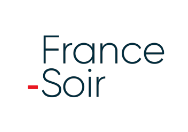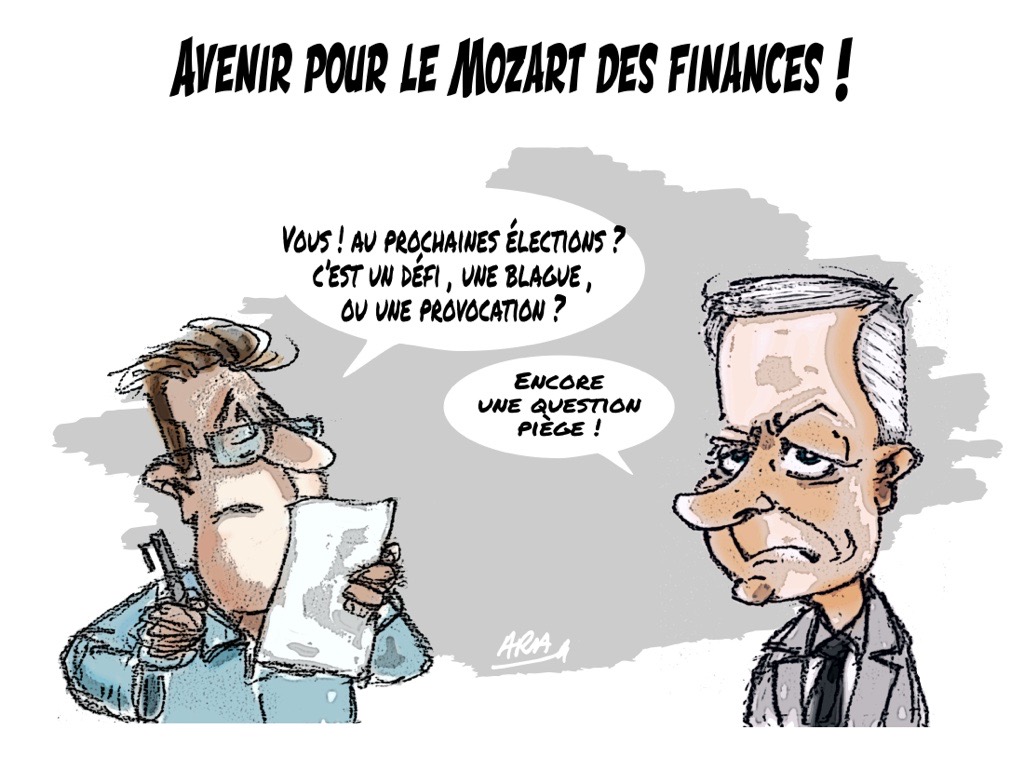Oxford-Recovery clinical trial and overdose : a hard pill to swallow

Oxford is the circus of a significant scam around the Recovery clinical trial for Covid-19 therapies. Significant errors, excessive doses of hydroxychloroquine on very sick patients with many comorbidities, resulting in what may appear as "death by overdose", could easily have masked a beneficial effect of the molecule.
Recovery, the British clinical trial of Covid-19 therapies, has taken centre stage in recent days. Recovery removed hydroxychloroquine on the 5th of June because it did not provide any benefits although non-toxic; That treatment arm showed a lethal rate of 25% similar to the placebo arm (group of patients receiving placebo treatment). In an article of June 17, 2020, we announced that "the good news announced by Recovery two days ago was a decoy to hide inconsistencies and faults." HCQ was administered to inpatients, older and in a rather serious health condition,
at extremely dangerous or even potentially fatal dose levels,
according to the French authorities that have forbidden its usage at much inferior levels because of toxicity. British authorities appear to use the same toxicity levels as was portrayed in a previous paper.
Anyone may wonder whether the two co-investigators in the trial (Professors Landray and Horby) had all their heads when they established the treatment in the arm for hydroxychloroquine.
A monumental inconsistency and pages deliberately removed
Returning to our original article is not done for an amendment further to the criticisms that one may have had, but to reinforce its content by exposing the monumental inconsistency of the essential supporting document with regard to the dosage of the HCQ. This document is entitled "Hydroxychloroquine information sheet V3". It is a mandatory document providing the justification regarding the HCQ doses to be administered. Theoretically, it should be distributed to every investigating physicians participating in the trial. As mentioned earlier, version 3 of this document contains 3 pages and refers to a pharmacokinetic model and another link to the World Health Organization. No pharmacokinetic analysis is in the document.
However, not easily, we managed to recover version 2. "Hydroxychloroquine information sheet V2 2020-04-01" and version 1 of this document.
Between version 2 containing 25 pages and version 3, the lead investigators Pr. Horby and Pr. Landray simply removed 22 pages including 12 pages of references. This document could easily be regarded as the below par effort of a medical student, if it did not involve the lives of human beings and in this case very vulnerable patients; whilst destroying any chance of proving the effectiveness of HCQ. A simple question is raised: to what extent, what appears as a medical error, was knowingly committed?
Surprisingly, as stated on June 17, the pharmacokinetic data presented in the HCQ dosing document in Recovery are the result of extrapolations and theoretical simulations that have no place in such a document where only experimental evidence must prevail. Additionally, and perhaps even more serious, some of the simulated curves are for chloroquine and not hydroxychloroquine which is the product tested. Moreover, it is surreal that the pharmacokinetic data of plasma levels and HCQ efficacy that should have been retained by the authors, and set out in this supporting document, were indeed measured by Chinese researchers and published on 9 March. This is also the number 5 reference of the document.
The Chinese researchers have established with great rigour the experimental measurements and therefore the parameters (e.g. curve below, evolution of HCQ blood levels administered orally) that allow to deduce the doses of HCQ to be administered, orally or intravenously, to obtain the inhibitory activity of the molecule on the SARS-CoV2 virus.

We do wonder why simulated curves such as the one that follows found their way in the essential document of the Recovery trial, instead of actual experimental curves? In such a document only, the actual experimental curves should prevail.

Confusion between two EC50 and IC50 indicators
Another striking inconsistency in this Recovery test document is the confusion between IC50 and EC50! The Chinese pharmacokinetics study reports the value EC50 - 0.72μM (micro molar) which becomes IC50 - 0.72μM in the Recovery document. This confusion is of no real practical importance in this case but indicative of the total lack of scientific rigour and coherence with which the HCQ arm supporting fact sheet was developed. The Chinese do talk about EC50 which is the measure of the median antiviral efficacy of HCQ, described as the necessary concentration of HCQ to eliminate half of the virus present in cell cultures infected with the SARS-CoV2 virus (after a variable incubation time of infected cells). IC50 is a term that refers to the concentration of HCQ needed to halve the virus by binding directly to it and preventing it from functioning in an experiment where it would be isolated from any living environment in which it can reproduce.
But it doesn't matter because the important thing is not the lack of semantic rigour but the fact that the Chinese study established the pharmacokinetic parameters and EC50 that allow to deduct the effective doses of HCQ in the treatment of COVID-19. This fundamental article was also made open access by the publisher of the newspaper where it was published because it is of prime importance to all clinical investigators. The Chinese conclusions take into account variation in the populations, i.e. that Europeans can benefit from the treatment and establish the load dose at 800 mg (in 2 intakes of 400mg) followed by a maintenance dose of 400 mg (in 2 intakes of 200mg ). We are a long way from the doses administered in the Recovery trial, which for memory are: 2400 mg on the first day followed by 800 mg on the following days, and for which we are still waiting for clear justification!
The Chinese study also evidenced that hydroxychloroquine is 8 times more effective against SARS-CoV2 than chloroquine (EC50 - 0.72μM vs. EC50 - 5.47μM for chloroquine).
By comparison, in the Discovery French clinical trial, the dosage tested is the one calculated by the Chinese is used. It will be well worth knowing the results.
Should Professors Horby and Landray of Oxford, the lead investigating of Recovery want to torpedo the use of HCQ in Europe, they could not have done better.
Excessive doses of hydroxychloroquine on very sick patients with many comorbidities, resulting in what may appear as "death by overdose", could easily have masked a beneficial effect of the molecule.
Should you have any doubt left, in the version 3 of the HCQ information document, the Oxford team of Recovery left in the first page the following mention : "see below and appendix".
The below was easy to find as it was below. The appendix was not. Is the devil not in the details?

As we decrypt the documents that were deleted from the Recovery site, we continue to find inconsistencies. For example, the FAQ document (Frequent Questions), the document in use is version 6 of May 20, 2020. We were able to recover version 4 of April 22. This document answers questions that may be requested by the trial’s investigators. We are particularly interested in hydroxychloroquine.
The first inconsistency relates to the fact that a patient already treated with HCQ for another condition, can be recruited in the trial, but not in the hydroxychloroquine arm. No precautions of conflict with other molecules. Simultaneously, patients already treated with azithromycin, cannot be included in the azithromycin or hydroxychloroquine arm.
The trial was intentionally designed to avoid testing the dual therapie proposed by Pr Raoult of IHU in France.
The second point relates to the important dosage. Version 4 included a specific question on dosage and it was simply removed in version 6. A deletion that says it and speaks for itself : we are aware that there have been concerns about the dosage...
however, after careful consideration, the load dose will remain the same. No dose changes are recommended.
The principal investigators were acting in conscience.

À LIRE AUSSI

L'article vous a plu ? Il a mobilisé notre rédaction qui ne vit que de vos dons.
L'information a un coût, d'autant plus que la concurrence des rédactions subventionnées impose un surcroît de rigueur et de professionnalisme.
Avec votre soutien, France-Soir continuera à proposer ses articles gratuitement car nous pensons que tout le monde doit avoir accès à une information libre et indépendante pour se forger sa propre opinion.
Vous êtes la condition sine qua non à notre existence, soutenez-nous pour que France-Soir demeure le média français qui fait s’exprimer les plus légitimes.
Si vous le pouvez, soutenez-nous mensuellement, à partir de seulement 1€. Votre impact en faveur d’une presse libre n’en sera que plus fort. Merci.




